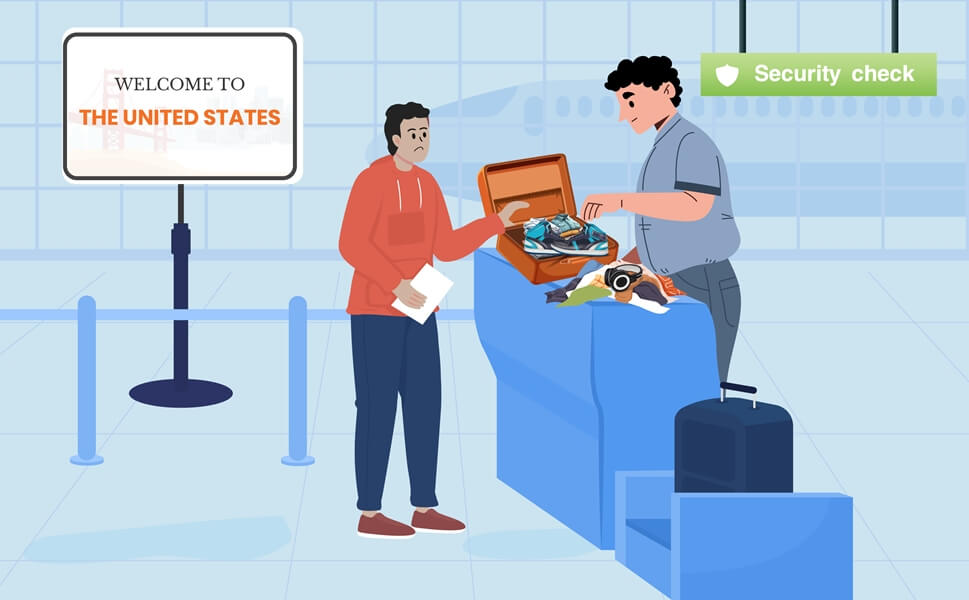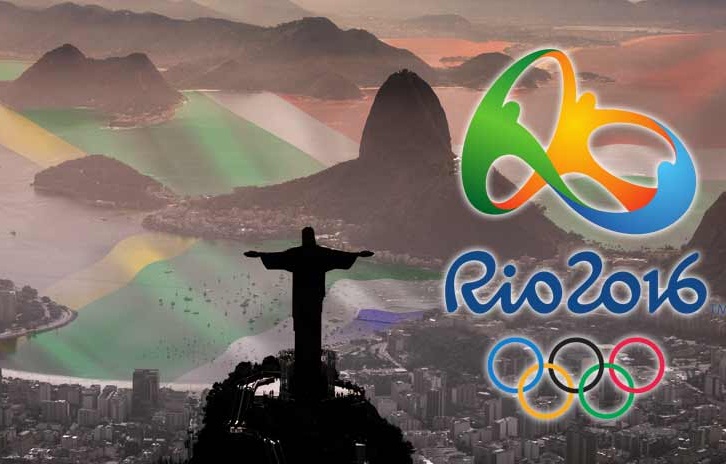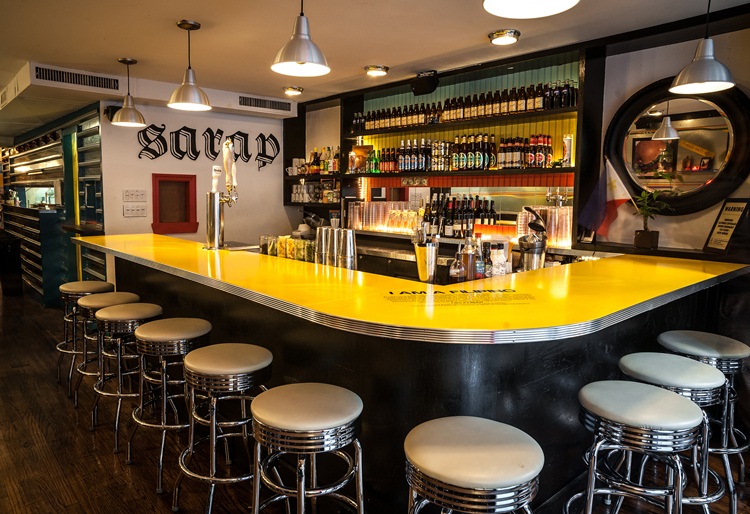|
Getting your Trinity Audio player ready...
|
Traveling to the US with fake brand items can invite a lot of problems, especially if you’re not aware of the regulations of the US Customs and Border Protection (CBP). So, it will be healthy for the travelers to be well-informed to avert losing counterfeit goods or face serious consequences (penalties or seizure of goods) at the US airports.
As per a report in the fiscal 2022, CBP confiscated more than 25 million forged goods from international travelers flying into the US. This suggests how serious the penalties can be if a passenger bypasses the rules of the CBP.

The CBP has intensified the enforcement efforts at the US airports to nullify the inflow of counterfeit items. As soon as the products of international brands are found to be fake, they are not only seized but also destroyed. There were quite a few instances where travelers have had goods confiscated upon investigation by the CBP officers.
In one of the recent incidents at a US airport, a South Asian traveler was stopped and questioned about the brand authenticity of some items that he had bought for his family members in the US. The items were seized for having a fake brand label. Although he tried to get back the seized items, he suffered a loss to evade further penalties.
Counterfeit goods are prevalent globally, with major hubs in Asia. In China, key markets include the Silk Market and Han City in Shanghai, as well as the Garment Wholesale Center and AP Plaza. The Greenhills Shopping Center in Manila serves as a significant market in the Philippines, while South Korea’s Dongdaemun Saebit Market is notable for counterfeit products. These locations are known for selling a wide range of counterfeit items, posing challenges to intellectual property enforcement and consumer protection efforts.
So, to avoid facing any sort of penalty, let’s get well-informed about the US regulations for travelers with counterfeit brand items?
CBP allows travelers to carry only one counterfeit good of each apparel and accessory for personal use. Carrying more than one fake piece per category like shirts, handbags, shoes, wristwatches, is deemed to be an act of non-compliance of the CBP regulations that can lead to some serious consequences.
One of the recent reports suggest that the global market for counterfeit luxury items is estimated to be $4.2 trillion. The increased inspection at the US airports is in line with the efforts to safeguard intellectual property rights (IPR) of international brands, specifically those based in the US.
In essence, the major intention of such heightened investigation is to enhance the safety, economy, security and mitigate environmental risks posed by the forged goods flowing into the US.








